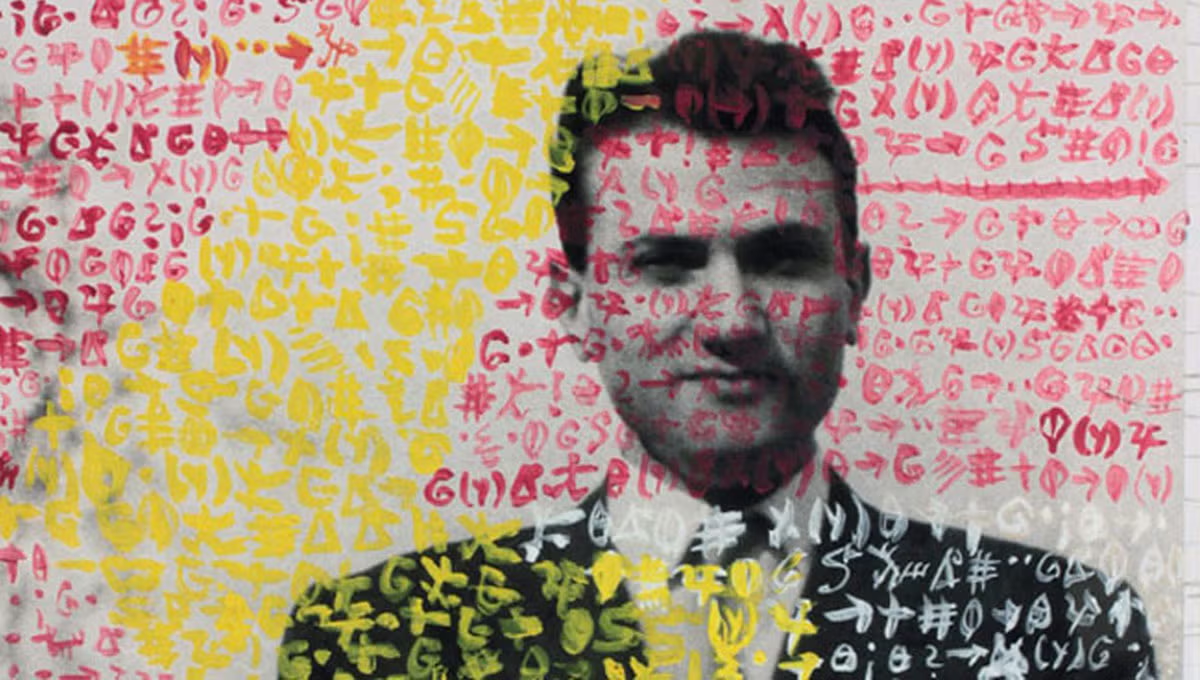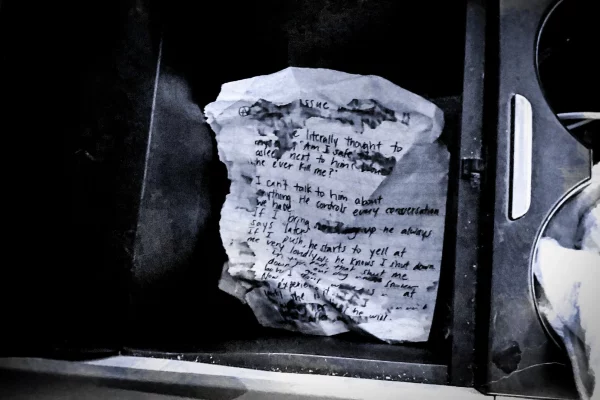Can anti-art movements teach us to disrupt our own assumptions and create something new?

Boredom seeps in quietly. It hides in the default phrasing of focus group guides. In surveys that circle the obvious. In insights so frictionless they vanish on contact.
If you’ve ever paused mid-project and thought, Is this really the sharpest question we could be asking?, you’re not alone.
We often treat research like a sealed mechanism: inputs, outputs, a closed loop of logic. But what if the logic is the problem?
Let’s trespass into four anti-art movements: Lettrism, Dada, Pataphysics, and Situationism. These weren’t designed to inform or soothe. They were built to rupture. To disorient. To unmake.
Break the Words Apart: Lettrism

Lettrism emerged in 1940s Paris when Isidore Isou declared that language had become inert. Communication was mechanical. His solution was to dismantle it. Words gave way to phonemes, stutters, static. His film Treatise on Slime and Eternity abandoned visuals and narrative altogether. Sound and scratch became cinema.
Lettrism was not nonsense. It was a demand to reinhabit language.
In research, we rarely interrogate our own phrasing. We write, scale, and structure, but forget that our words are loaded before the respondent even arrives.
Try this: erase all adjectives from a questionnaire. Reduce each question to its barest terms. Read them aloud. Listen for the built-in bias, the gravity of tone, the quiet coercions.
Lettrism insists that data begins in diction. Insight starts with the shape of the sentence.
Embrace the Illogical: Dada

In 1916, inside a Zurich nightclub, the Dadaists spat, chanted, and stitched together sound poetry from paper scraps. Their performances weren’t meant to entertain. They were meant to detonate.
Hannah Höch reassembled propaganda into jagged social mirrors. Duchamp submitted a urinal to an art exhibition and signed it R. Mutt. These were not stunts. They were provocations.
Dada distrusted clarity. It treated sense-making as a kind of trap.
In research, we often resolve too soon. We smooth out contradictions. We search for signal where the real meaning might be in the noise.
Try introducing randomness. Shuffle the flow of a discussion guide. Use fragmented prompts. Let participants build their own collage of meaning before you impose structure.
Dada does not seek alignment. It invites rupture. Sometimes a break is more valuable than a bridge.
Invent the Imaginary: Pataphysics

Alfred Jarry coined the science of imaginary solutions, a discipline that embraced contradiction and absurdity without apology. Pataphysics proposes that exceptions are more interesting than rules, and that logic is just another fiction.
It is not satire. It is sincere nonsense.
In research, we often confine imagination to the debrief. We theorise after the fact. Pataphysics tells us to begin elsewhere.
Create a concept that cannot be used. Test it with people who do not exist. Invent a failed product and ask why it failed. Let impossibility do the heavy lifting.
Pataphysics is not interested in predictive accuracy. It is interested in conceptual elasticity. It asks what hides behind what can be measured.
Reroute the Everyday: Situationism

The Situationists emerged in postwar Europe with a disdain for repetition. They wandered cities without purpose, calling it the dérive. They rewrote commercial slogans to expose the lie beneath. They treated boredom as a form of social control.
They didn’t want better art. They wanted to dismantle the spectacle.
In research, we often document habits without ever disrupting them. We observe from the perimeter. Then we wonder why nothing changes.
Try rerouting your approach. Ask participants to map their day by emotion, not time. Invite them to vandalise a brand campaign. Give them the wrong product and see how they adapt.
The Situationists remind us that insight can be sparked through interference, not just inquiry.
Four Movements, One Message

Lettrism fractures language. Dada dismantles coherence. Pataphysics upends causality. Situationism sabotages routine.
None of them were designed to tidy. They were built to scratch the surface until it split.
You don’t need to replicate them. But you can let them contaminate your methods. Let your process fray at the edges. Write a prompt that feels unstable. Follow a hunch into contradiction.
If your research is always legible, maybe it isn’t asking enough.
Three Provocations to Try Today
- Rewrite the brief: Translate it into a ransom note, a weather report, or a piece of speculative fiction. Notice what remains essential.
- Plant the absurd: In your next project, insert a question that makes no literal sense. Watch how participants respond to the rupture.
- Hijack the platform: Use survey logic to loop, confuse, or disorient. Build a sequence that tells a story but never closes.
Research does not need refinement. It needs provocation.
Lettrism, Dada, Pataphysics, Situationism. These movements were not made to solve problems. They were made to crack them open.
If your method behaves, it might be asleep.
Let it misbehave.







